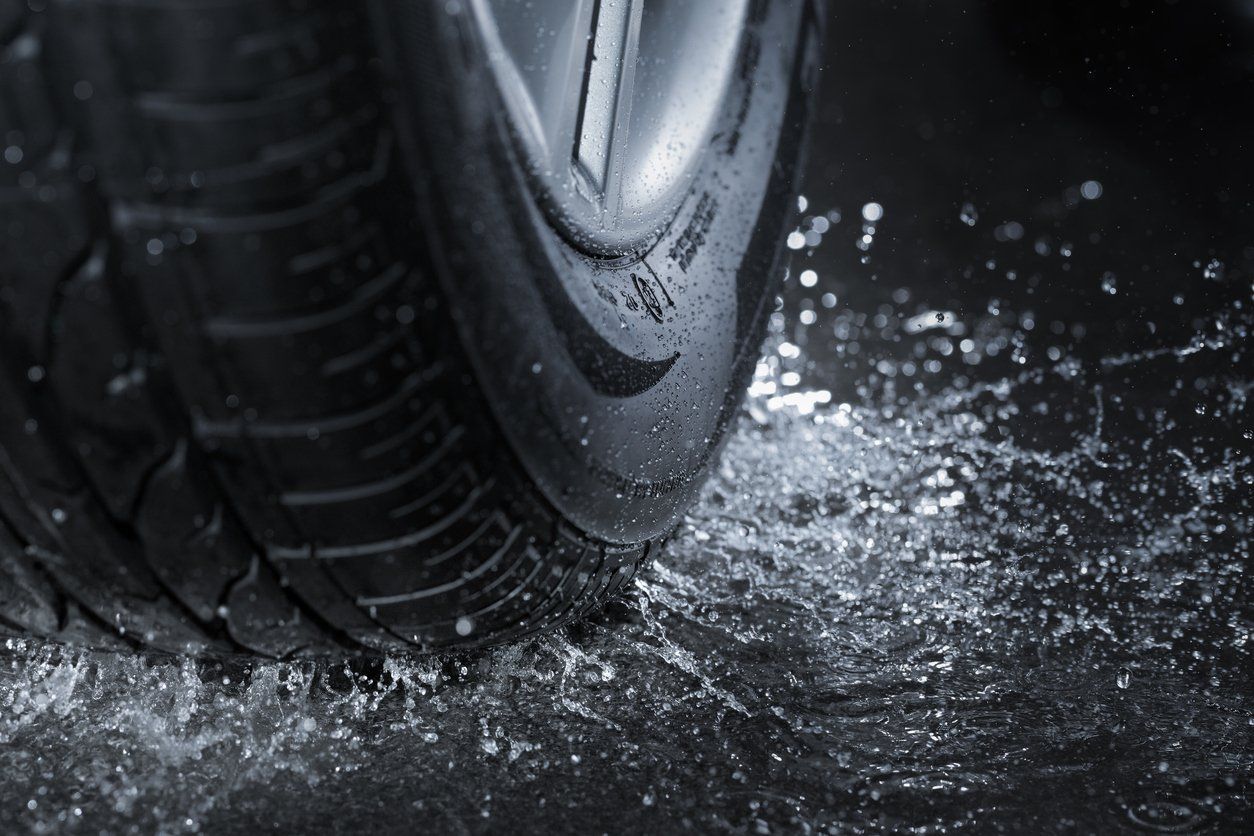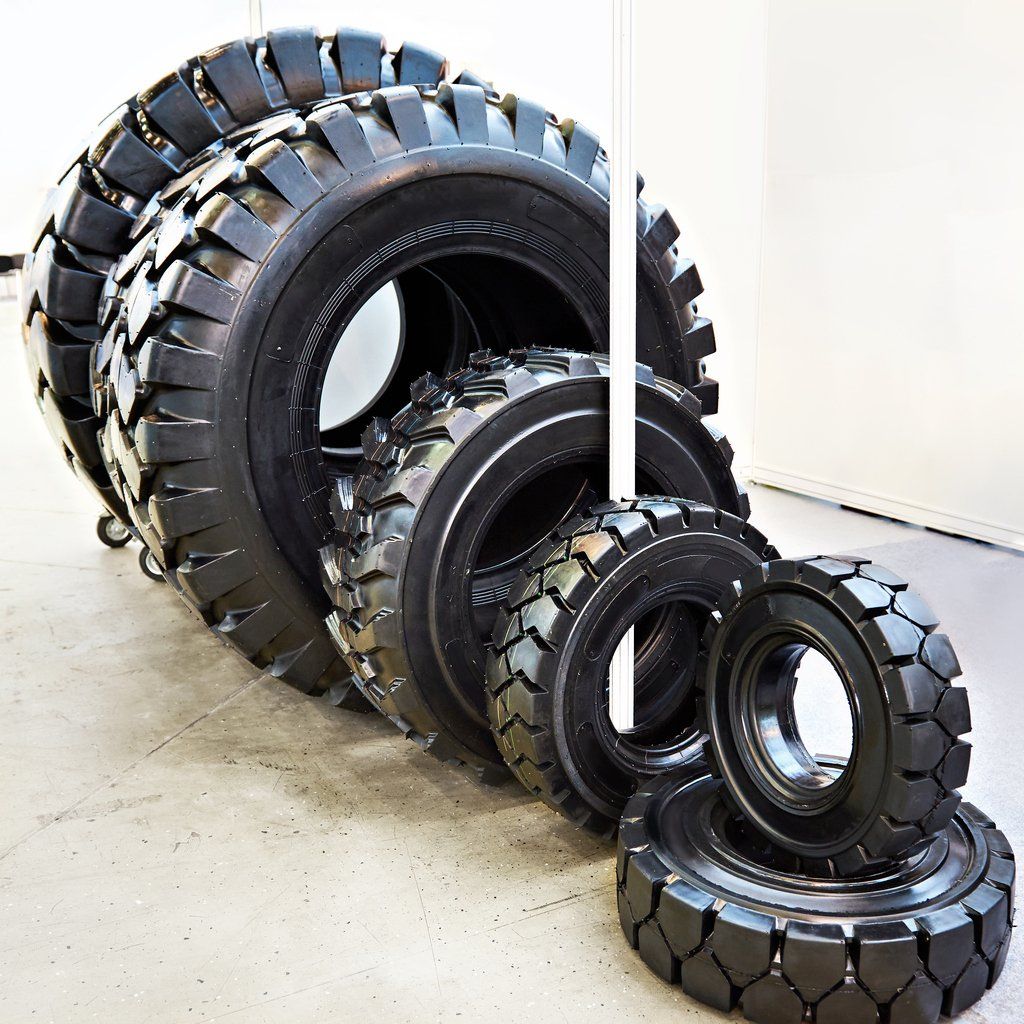Replacing Tires? You Need to do them in Pairs, and Here is Why
When it comes to replacing tires, you will be told you “need” to replace your tires in pairs, rather than one at the time. Why is this, and is it really necessary?
In fact, in some narrow cases, you can replace only one tire , but this is generally only when the rest of your tires are fairly new. Most of the time, you should replace your tires in pairs. On some AWD vehicles, the manufacturer may even recommend replacing all four tires.
Reasons to Replace All Four Tires
- The difference in the tread can increase wear on the new tire and cause it to wear out faster than the older tires. This might seem counter-intuitive.
- Replacing only one tire can cause that tire to spin at a slower rate. This can send false signals to antilock braking systems and traction control, which can cause dangerous errors. On AWD vehicles, it can cause the system to engage for no reason, wasting fuel at best and damaging the system at worst.
- The new tire will have more or less traction than the old one, which will affect your vehicle’s behavior when accelerating, braking, or cornering. This often reduces both performance and safety.
- Uneven tire wear can damage AWD systems, traction control, and even the physical vehicle over time. It can also make your vehicle less efficient, reducing gas mileage.
In most cases, you can buy only two tires not four. Always check with AWD vehicles as some systems can develop problems if there is a significant wear difference front to rear. However, your new tires should be of the same make and model as the ones already on the car, which means if those tires are no longer available for whatever reason you should replace all four.
Front tires wear out faster than rear ones on modern front wheel drive vehicles. You should ignore logic and intuition: The new tires should go on the back of the car and the worn but still good tires from the rear on the front. This is because when your rear tires are worn more than your front tires, you can experience oversteer in wet conditions. This can lead to a spin.
Rotating Your Tires
An even better practice is to rotate your tires according to the manufacturer’s recommendations. This will cause your tires to wear more evenly. This does mean you will probably have to replace all four, but you will have to do it less often. Some tire manufacturers require to you rotate your tires or you may void your warranty. If in doubt, talk to a tire specialist.
In fact, most manufacturers do recommend a complete set of tires. However, this is obviously more costly. Ultimately, it’s worth running the numbers to see if the cost of tire rotation (generally low) will result in enough savings in the long run to make it worth doing. Also, remember that after replacing tires your vehicle should be properly aligned to ensure that it will handle properly. Another thing that can sometimes save money is to have the new tire shaved. This means that the tread is reduced to match the other tire. While this will shorten the life of the tire and generally means it will need to be replaced at the same time as the others, it can be a good option if you want to replace one tire because, for example, the tire was damaged or slashed.
Also, make sure that your tires are always properly inflated to reduce wear and improve both handling and gas mileage. Don’t rely on the tire-pressure monitoring system, as it only cuts in when your tire is already significantly flat.
Replacing tires is an important part of keeping your car on the road and your family safe. While there are ways to save money, the best course of action is not to scrimp on new tires and keep the manufacturer’s recommendations in mind. If you are looking for new tires, contact Anders Automotive today.




